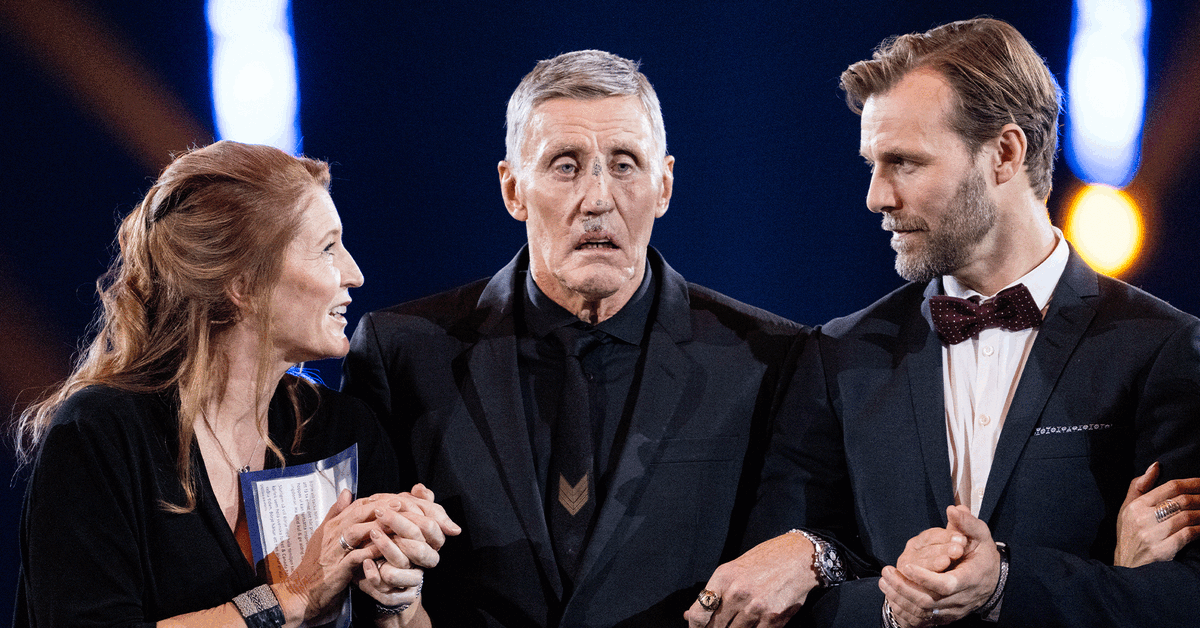It was in August that the ice hockey legend Börje Salming told that he had been affected by the nerve disease ALS.
On Thursday evening, the ice hockey world was shaken by the news that Salming had passed away, aged 71, shortly after he had been widely praised in both Sweden and Canada in recent weeks.
- We made the diagnosis last summer, so it's only been four months.
It was an unusually fast course, says Caroline Ingre, adjunct lecturer who leads a research group on ALS at the Karolinska Institutet and who was also Börje Salming's doctor, to TT.
The researchers do not fully know why the disease strikes differently, but Caroline Ingre says that there are different signs in the patient that can tell if the course will go faster.
- If you are affected by the variant around the speech and throat, then you usually have a shorter survival than if you are affected by the first symptoms in the hand or leg.
If you have a simultaneous respiratory effect, for example, then you also have a shorter survival, she says.
"Have great significance"
Börje Salming's openness about his diagnosis has helped to spread awareness of neurological diseases, something that has been noticed, among other things, in the tributes the hockey legend has received on social media.
- I think it will be of great importance for a long time to come that he has dared to go out during the time he has been fighting and has been so open about the disease.
It has also shown people that anyone can be affected.
- More patients have also contacted us and wish to participate in our drug studies, which is fantastic.
So he (Börje Salming eds. note) has already contributed to several people's help or treatment.
Javascript is disabled
Javascript must be enabled to play video
Read more about browser support
This is how we remember Börje Salming.
Photo: Bildbyrån

